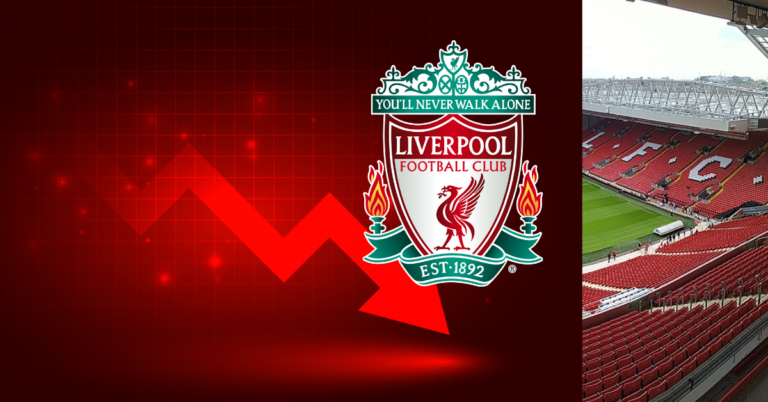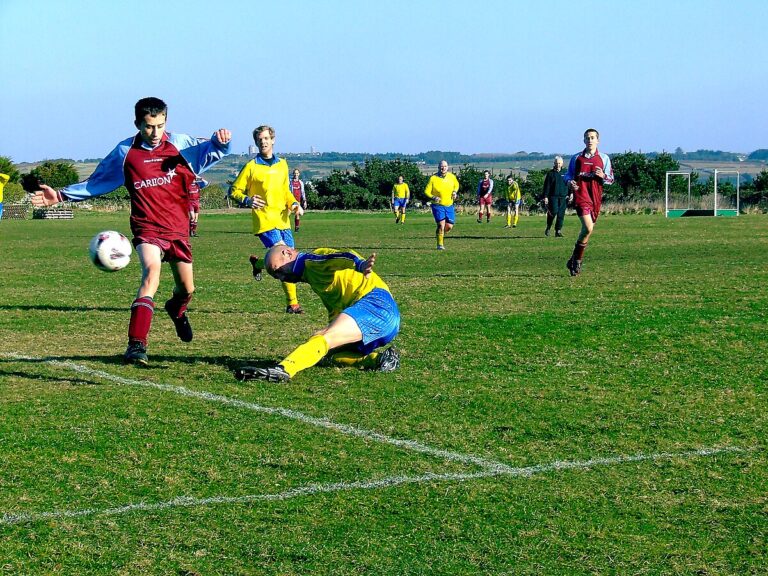Ferenc Puskas and his legendary team
The Magical Magyars changed football… and how.
This is not about what the Dutch did to football with their concept of Total Football. Johan Cruyff was the center piece in a football school of thought that changed the game for ever. Modern football pundits credit Rinus Michels the Ajax coach, the effervescent Johan Cruyff and his Ajax team for changing football forever.
But a football historian could argue , it began much earlier.
It was the 1950’s, the world was realigning and reconstructing itself after the horror of the World War. King George was still around, Truman was in the White house and Israel, India and many other countries were still fledgling states. War was still around but was more local and if ever humanly possible, less horrifying.
Football as a sport was still not global as it is now. Videos, if any of the games were in black and white. Color television was not yet a commercial product in the 1940s and 50s. Images were grey and grainy . The South Americans and a few European nations were the power houses.
While the world war ended and the human suffering it brought along tapered away, sport had a new purpose. Entertain and bring sanity to the social life as it staggered back to normalcy.
Football played its part then as it continues to do these days.
The Birth of the Magical Magyars
Gusztáv Sebes, a trade Unionist by profession, was appointed Manager of the Hungarian National team.
Sebes brought with him some concepts which were the first real tactical changes in football. He ensured his players were fit and capable of the game he planned to play. In a world where the football teams arranged themselves in conventional system of a center forward , three forwards and two wingers, Sebes brought a unique concept. He withdrew the center forward to the midfield and the wingers pulled themselves back into the outlying midfield. He insisted on his players being physically fit and be able to play in multiple positions.
It changed everything , the opponents, normally used to man to man marking were clueless. The man they marked was suddenly withdrawn deeply into the midfield and they were forced to follow. It was a stroke of genius as spaces opened up on the field. The seeds of Total football had been conceived on a patchy football ground in war torn Budapest.
While Sebes had all the ideas, he needed the tools. As if it was destined, he found a bunch of hungry ,hardworking and extremely talented players. He built his team around six of them Ferenc Puskas, Sandor Kocsis, Zoltan Czibor and Nandor Hidegkuti ,József Bozsik and Gyula Grosics. Each went on to become a legend. As they went about ravaging teams across Europe , they earned the name of “Magical Magyars”.
The irresistible Magyars

Puskas, was the leader, with a left foot never seen before and after, he terrorized defenses. In his career he was to score 84 goals in 85 matches for Hungary. He also played a few games for Spain in the 1962 World Cup. He played for Real Madrid for 8 years, won 5 consecutive League titles and 3 European cups. For Real Madrid he scored a stunning 512 goals in 528 games.
Nandor Hidegkuti , sleek in movement and exceptional in positional play, was the one who withdrew into the midfield in Sebes’s plan and as the defenders drifted with him, spaces appeared in the opposing defense . He was probably the first withdrawn 9 in football history.
Bozsik and his partners in midfield sprayed the ball into empty spaces for Puskas and Kocsis as inside forwards .Laszlo Budai and Czibor floated in wings. Opposing defenses were torn apart, formations were scattered , defenses utterly clueless and left chasing shadows.
It is the scores that speak of the dominance.
In the 1952 Olympics they beat Romania 2-1, Turkey 7-1, Italy 3-0, Sweden 6-0.
in the 1954 World cup they beat Korea 9-0 West Germany 8-3, Brazil 4-2 and Uruguay 4-2.
As with every sweet story, a hint of tragedy hit them. With Puskas carrying an injury, they lost the World Cup final to Germany 3-2, it was sweet revenge for Germany having been pulverized by the Hungarians. 8-3 in the Group stages.
The team played 50 matches between 1950 and 1956, won 42, drew 9 and lost just one. The one they lost was the one that mattered most, the 1954 World Cup final to Germany.
The story of the Magyars is never complete without two more references
The first one being …..
The Football Match of the the Century…..
It was 1953, the Magyars were unbeaten since 1950, England had never lost to a foreign team at Wembley. The English FA invited the Hungarians to a Friendly international . The match was touted by the media to be the match of the century.
It was November, grey clouds hovered over Wembley as a record 1,00,000 people gathered to cheer the English team.
The English team had a settled look and a solid reputation. The captain was Billy Wright, who spent his whole life with the Wolverhampton Wanderers and was the first ever footballer to reach 100 international caps. Playing alongside him in the defense line were Alf Ramsey and Harry Johnstone. Stanley Mathews and Mortensen manned the midfield and the forward line. The British were proud of their football and had a performance record to show for.
Hungary came to Wembley with a unbeaten record. Recovering from the War, it had a communist regime, like the factories, Hungarian football was also state run. It was for some communism against the capitalists. The podgy Puskas led the team and the Magyars had a mystical aura about them, when they reached Wembley.
4.45 pm on that grey and murky November day, the whistle blew and off they went. Even before the ever hurrying seconds hand on the clock could go around once Hungary had scored. Hidegkuti it was. He went to to score a hattrick.
By half time the Hungarians were leading 4-2 and went on to win the match 6-3.
The most unforgettable moment and one of the most mentioned football anecdotes, was provided by Puskas as he scored one of the two goals is scored in the match.
Down on the right wing near the box, Puskas received a cross. The English skipper Billy Wright, came in to cover and went into a tackle. Puskas produced the magical moment, with his sole he dragged the ball back and around Wright as he slid into nothingness. While he was picking himself up, sheepishly , one can assume , Puskas’s lethal left foot had deposited the ball into the net.
The Times correspondent Geoffrey Green was to equate Wright to a fireman going to the wrong fire.
In the return match in Hungary, they were to beat England again, this time by 7 goals to 1.
The Englishman they thank…
The second and often ignored reference is to a very unlikely Englishman.
Discussing his team and their performance Gusztáv Sebes, the Hungarian coach, graciously stated “We played football as Jimmy Hogan taught us. When our football history is told, his name should be written in gold letters.”
Jimmy Hogan, born in 1882 in Lancashire, played for Bolton Wanderers in his early days. In the 1920’s and 30’s he went around Europe on coaching assignments. After the war he returned to England and went on the coach Brentford, Celtic and Aston Villa .
In Europe he inspired a whole generation of footballers with his take on football, and Hungarian Sebes probably paid the best tribute. The Hogan story can be told another day… a tribute should be good for today….
In the words of Tommy Docherty , who managed Manchester United in the 70’s
“Hogan used to say football was like a Viennese waltz, a rhapsody. one-two-three, one-two-three, pass-move-pass, pass-move-pass.
=================================================================



